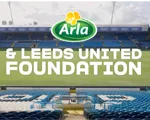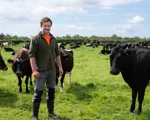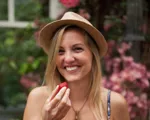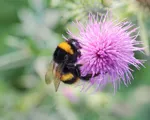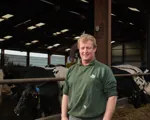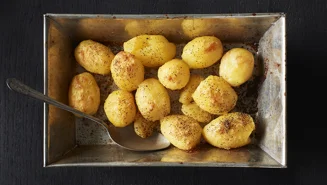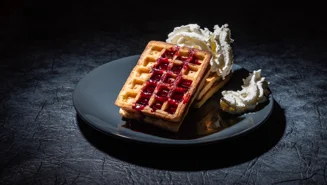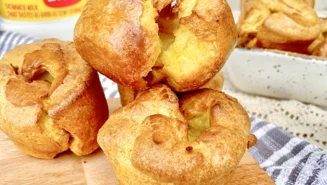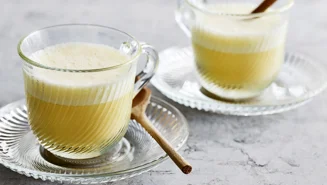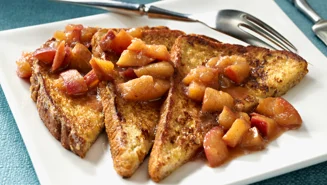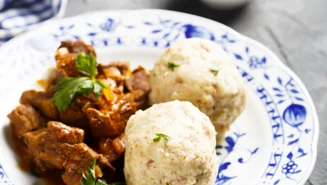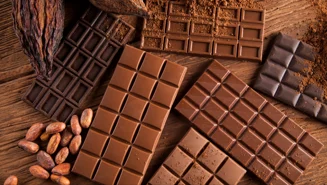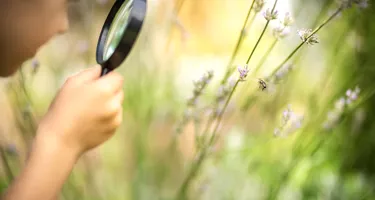
Here in the UK, we are a nation of bee lovers. We simply can’t get enough of our fuzzy black and yellow friends as they bumble around the garden from flower to flower, pollinating as they go.
Here in the UK, we are a nation of bee lovers. We simply can’t get enough of our fuzzy black and yellow friends as they bumble around the garden from flower to flower, pollinating as they go. They’re more than just much-loved garden fixtures though – these excellent insects play an enormous role in our eco-systems as chief pollinators, ensuring the well-being and natural spread of our essential native flowers and plants. The bad news is that the UK’s wild bee population is under threat. As habitats are destroyed our bees are dying out, and this population decline is expected to cause a serious threat to the future of some of our most-loved British foods. In this blog, we’re going to find out more about the integral ecological roles bees have in our environment, as well as exploring the issues that face our bee population and what we can do at home and in our garden to help.
Why are bees so important to nature?
Bees are one of nature’s biggest pollinators, which is a very important job in the natural world. Pollination is the process of fertilisation for flowers, and it requires pollen to be spread and shared between plants. In fact, it’s thought that nearly one third of the food we eat relies on pollinators like bees for growth.
Bee pollination takes place as bees search for food; hungry bees will land on a flower where pollen catches on their fur. Then, when they head off to another plant for their next meal, some of that pollen drops onto the next flower, where it will fertilise the plant that can then grow seeds. So, how many plants are pollinated by bees? Well, nearly 80% of the UK’s plants require bees to carry out pollination, and the more pollination that goes on, the more plants will grow in different bio-habitats. A wider spread of plants is fantastic for the different mammals, birds and insects that make up the country’s wildlife population, who use these plants for food, as habitats and much more besides. Unfortunately, the bee population decline is expected to have a serious impact on plant pollination in the UK, and it looks increasingly like climate change is linked to potential population decline in bees. Like some other animals, bees are naturally synchronised with the seasons through weather patterns and temperature changes – climate change disrupts these patters, which sees the bees miss the chance to forage of on the flowering plants of spring and early summer. The bees lose invaluable food sources and the plants don’t get pollinated.
How can you help bees in your garden?
There are a number of ways you can help bees access food and shelter in your garden. Here are some ideas you can try out: Grow plants for pollinators – The RHS (Royal Horticultural Society) has created a range of plant seed products that are chosen because they’re ideal for pollinators as a food source. Consider growing these bee pollinators in your garden as a treat for your bee visitors. You can find these seeds at many garden stores – keep an eye out for the special RHS logo on the packet. You can even get free bee-and-pollinator friendly seeds to grow in your garden with the great Arla seed giveaway!
Put out water for your bees
Just like humans and other animals, bees need water to survive. To help them access that water, especially in the summer months, you can add a source of water for pollinators in your garden. Something shallow will do nicely, so that the bees don’t fall in – try using a shallow bird bath or a flower dish. Be sure to add a couple of stones and pebbles so that bees have somewhere to perch and drink their fill. We’ve written a handy guide that can help you make your very own bee bath – grab your tools, pick a nice sunny day and give your bee friends a bee bath all to themselves!
Allow wildflowers to grow
Bees are big on wildflowers. Wildflower meadows are a veritable buffet for any bee, with pollinator plants like bluebells, clovers, comfreys, foxgloves being exactlywhat’s needed to keep the bee population in your garden well fed and content. Flowering weeds are also a favourite for bees – consider setting up a section of your garden to act as a mini wildflower meadow for your bee friends.
How do I attract bees to my garden?
How do you attract bees to your garden for pollination? The best and most immediate way to get bees to visit your garden is to grow the kinds of flowers that those bees love. So what plants attract bees? Well, choosing pollinator friendly flowers like those we mentioned earlier is the first step, and giving up some space for wildflowers like foxgloves and crocus plants is another excellent idea. Another route is to give bees somewhere to nest and relax, and one way to do this is to build a cosy bee hotel for your bee chums to check-in to. These little garden additions are small wooden shelters, stocked with hollow wooden stems, where bees can set up shop and rear their young. Find out how you can build one for yourself with this bee hotel guide. If you’re not so crafty, a simpler solution is to set up a homemade bee nest. You can do this with an everyday flower pot – all you’ll need is some moss for the base of the pot and some hay to fill it with so that bee queens have a snug spot to hunker down in for the winter. Learn more about how to make your own bee pot nest here.
Frequently asked questions
What perennials are good for bees? Perennial flowers are plants that reliably bloom year after year, normally over the same months in the annual cycle. Bees are often big fans of these kinds of flowers, so having them in your garden will get them stopping by in no time. Botanical experts at Claire Adams offer a neat guide detailing which perennials are good for bees and at what times those perennials flower throughout the year. Their list includes things like lungwort, lenten rose, perennial cornflower and selfheal for the springtime and catmint, monks hood, yarrow and bergamot for summer.
What kinds of bushes attract bees? Just as with perennial plants, there are a number of flowering bushes that bees love to dine out on. If you’re wondering what flowering shrubs are good for bees, gardening specialists J. Parker’s have written a list of 10 wildlife bushes that bees, butterflies and beetles will be instantly attracted to – the best thing is, all of these shrubs offer up a kaleidoscope of different colours to revamp your garden with. Pyracantha Orange Glow gives a brilliant white and orange sheen, while good old Honeysuckle Beligica will add a refined touch of fuchsia to proceedings. Buddleia Empire Blue is great for bringing blue and purple pollinating power to your garden and Clethra Ruby Spice always looks pretty in pink.
What are bees afraid of? While it’s hard to say exactly what bees are afraid of, we do know that there are some plants that act as repellents for bees who just don’t like their look or smell. Among others, these include:
- Mint
- Wormwood
- Eucalyptus
- Citronella
- Pennyroyal
- Cucumber
Interestingly, bees are also not interested in red flowers, like red geraniums or marigolds. This is because bees can’t actually see the colour red!
At Arla, we believe that every act of sustainability, from building a hotel for bees in your garden to petitioning for legislative change for the environment, has a role to play in protecting the planet and driving positive developments in the natural world.
To learn more about our sustainability work, visit our blog. Read about our other sustainability initiatives including cowpattery, through which some of our farmers harness the power of cowpats by turning them into renewable energy.








